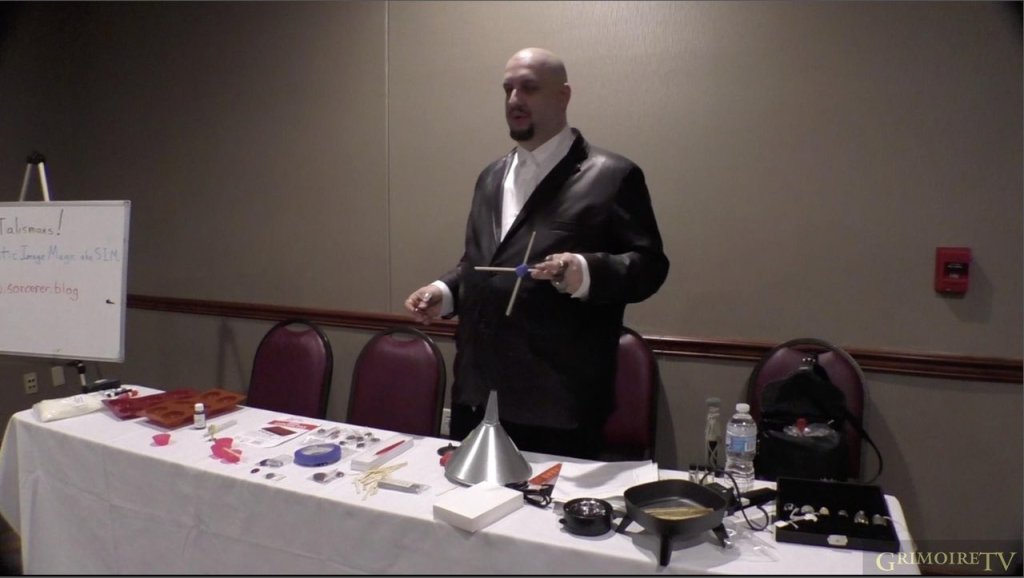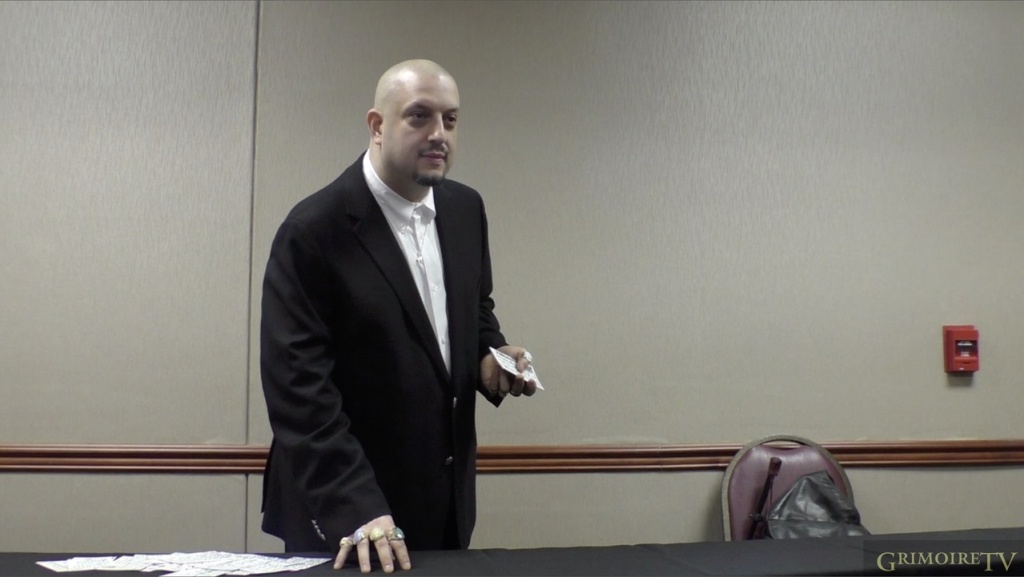Grimoires
-
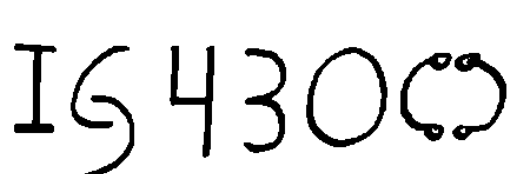
Solar Sapphires, Planetary Antipathies, and Substitutions Introduction The Picatrix, De Radiis Stellarum, and Three Books of Occult Philosophy are closest to broad textbooks of this tradition of astrological magic, but they are not meant to be used entirely by themselves. Both canonical texts of astrological magic and their partners, the manuals of traditional astrology, repeatedly…
-
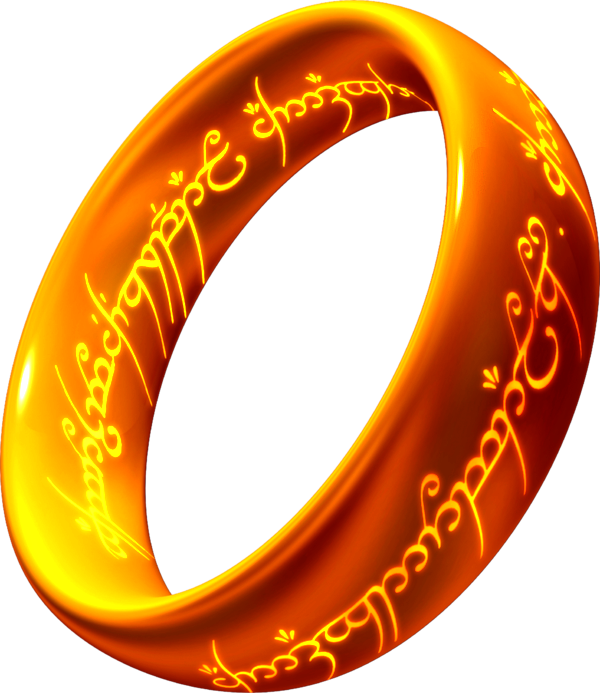
Sauron’s Ring Introduction The most famous magical ring in the past century is without a doubt a fictional one; Sauron’s ring in Tolkien’s popular Middle Earth series, starting with The Hobbit, and then The Lord of the Rings trilogy. If you haven’t read the books you’ve probably seen the movies, or at least the trailers.…
-
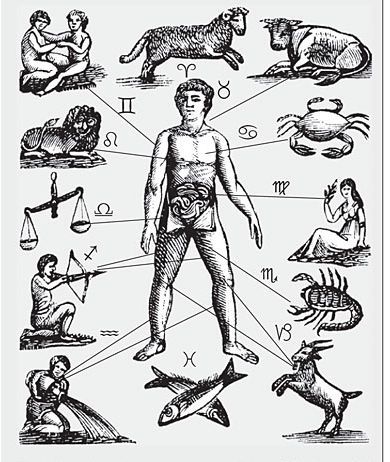
Sun in Aries Talismans for Healing the Infirmities of the Head Scholastic Image Magic Talismans in Medicine Contemporary research into the distribution of texts on magic in medieval and Renaissance England suggests that theurgical and necromantic texts were concentrated in monasteries, but texts on Scholastic Image Magic were concentrated in the libraries of physicians. This…
